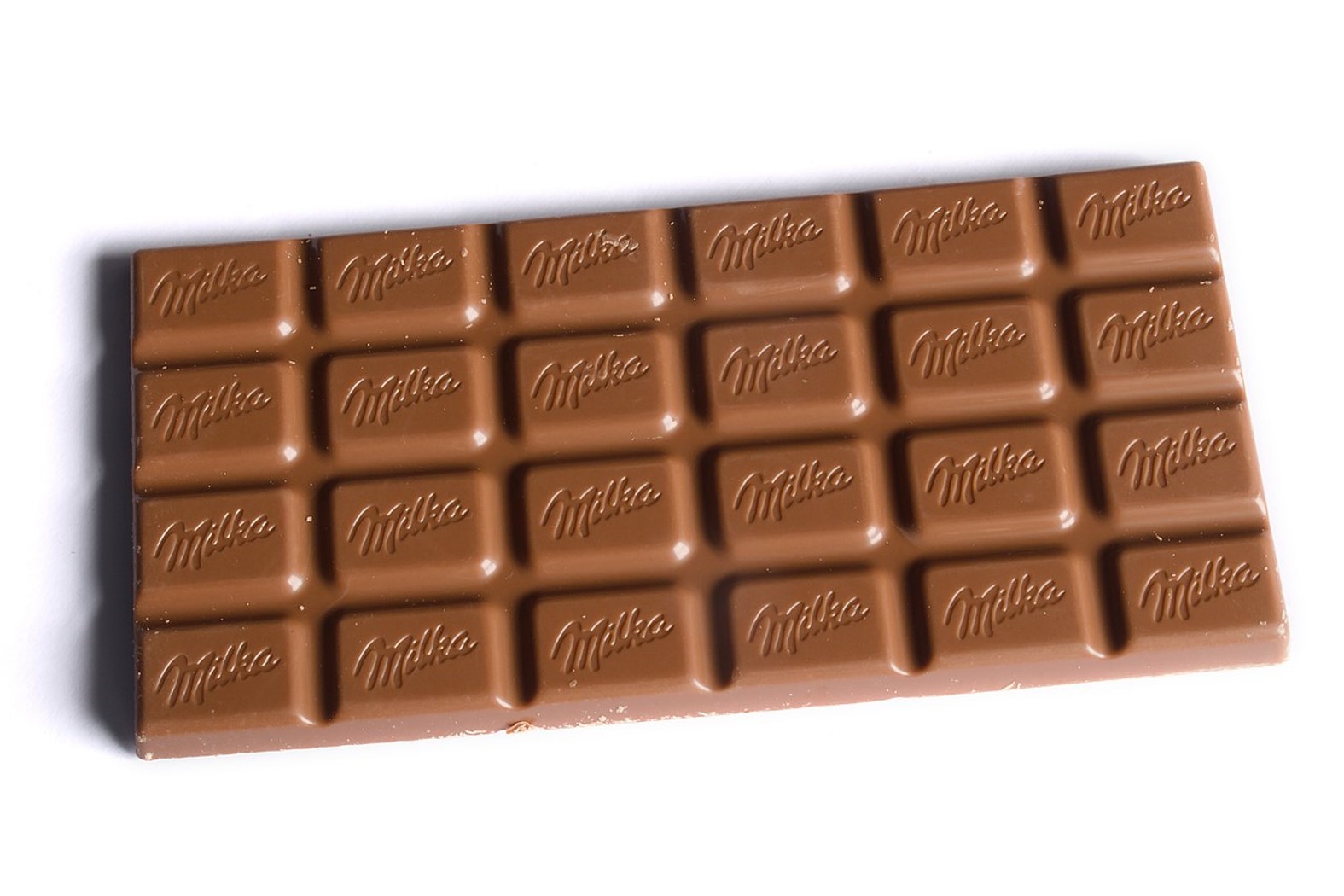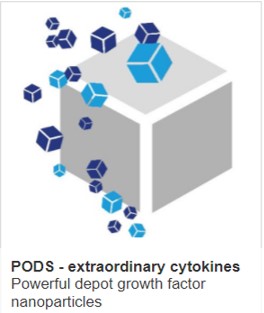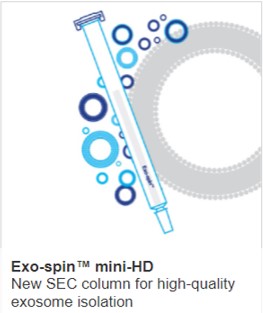Charlie and the cytokine factory

Chocolate directly affects immune system performance. Stripping back the confounding effects of other components, such as sugar, cocoa itself promotes beneficial changes which are reflected in levels of pro- and anti-inflammatory cytokines.
Cocoa’s beneficial components include fibre, lipids, proteins, carbohydrates, minerals and vitamins. Cocoa also contains methylxanthines like theobromine and caffeine, which stimulate the central nervous system. Moreover, cocoa contains high levels of saturated and unsaturated stearic, oleic, and palmitic acids, which may help regulate serum cholesterol levels.
One of the most important groups of bioactive compounds found in cocoa are the polyphenols, which constitute 13.5% of its dry weight. This group includes various flavonoids (including flavanols, flavones, flavanones, flavonols), phenolic acids and anthocyanins. The most abundant polyphenols are proanthocyanidins (58%), epicatechin/catechins (37%) and anthocyanins (4%).
Chronic inflammation and oxidative stress are significant contributing factors to various diseases. And in the past decade, chocolate polyphenols have been shown to exhibit powerful antioxidant properties that can help regulate cytokine synthesis, thereby affecting biomedical markers and clinical outcomes.
For instance, in both experimental research and clinical trials, dark chocolates with high cocoa content, containing high flavanols and proanthocyanidins have been shown to have significant beneficial effects on CVD markers, such as ox-LDL, lipid profile, blood pressure, nitric oxide, hemostasis and endothelial dysfunction. These improvements are associated with decreased levels of pro-inflammatory cytokines (IL-1α, IL-1β, IL-6, TNF-α), hs-CRP, and P-selectin to inhibit the activation of the NF-κB pathway.
Cocoa flavanols' inhibition of pro-inflammatory cytokine production has potential implications not only for the cardiovascular system but also for reducing the risk of associated cardiometabolic events, including coronary heart disease, myocardial infarction, stroke and diabetes. Regular cocoa consumption has been shown to reduce inflammation in patients with type 2 diabetes or impaired glucose tolerance. Studies by Parsaeyan et al. (2014) and Stote et al. (2012) found decreased levels of inflammatory markers, such as CRP, IL-6 and TNF-α after consuming cocoa-rich products over a period of days and weeks.
Cocoa flavanols' inhibitory effect on pro-inflammatory cytokine production has also been linked to cognitive benefits by indirectly promoting vasodilation, enhancing blood flow to the brain and protecting the vascular endothelium through the mediation of nitric oxide. This may help with neurocognitive conditions such as vascular dementia and Alzheimer's disease. They also inhibit microglia and astrocyte-mediated inflammation through modulation of tyrosine kinase, protein kinase C and MAPK signalling pathways, which regulate the expression of iNOS, COX-2, and TNF-α.
The effects of chocolate on skin health mediated by cytokines have also been investigated. A clear picture is yet to emerge. According to Netea et al. (2013), consuming chocolate can increase the release of pro-inflammatory cytokines IL-1β and TNF-α which promote immune activity against infection when human blood mononuclear cells are stimulated with P. acnes (which causes skin acne). Although pro-inflammatory cytokine levels increase, increased sugar levels will support the growth of the bacteria: According to the American Association of Dermatologists, when your blood sugar spikes, it causes inflammation and sebum (an oil in the skin) production. Both inflammation and excess sebum can lead to acne.
When these cells are stimulated with S. aureus, instead of P acnes, chocolate consumption can decrease the production of IL-22, which plays a role in producing defensins that protect against S. aureus while increasing the production of IL-10, which weakens the body's defence against S. aureus. This may exacerbate acne and delay the healing process.
The amount and effectiveness of flavanols in chocolate vary based on the type of chocolate and processing methods used. Although clinical studies on cocoa products have limitations due to variations in types of cocoa and doses of flavonols, most studies using dark chocolate and cocoa powder show promising results, possibly due to higher levels of flavanols. For instance, one study reported a significant reduction in platelet activation in those consuming 100 g of dark chocolate compared to those consuming similar amounts of white or milk chocolate.
Flavanols in cocoa have a unique metabolic pathway, where they are quickly absorbed in the small intestine and metabolized in the liver. On the other hand, gut microbiota metabolizes the majority of other polyphenols, such as procyanidins, in the colon, resulting in gut microbial metabolites being 10-100 times higher in the bloodstream. Therefore, to increase bioavailability, it is recommended to use a liquid matrix, co-administer with carbohydrates, and avoid milk protein, as it can bind to polyphenols and reduce their absorption in the GI tract. For example, Ellinger & Stehle (2016) showed that water-based cocoa drinks decreased ICAM-1 and E-selectin in healthy individuals, while milk-based drinks did not.
IMAGE: Chocolate Ubucle



